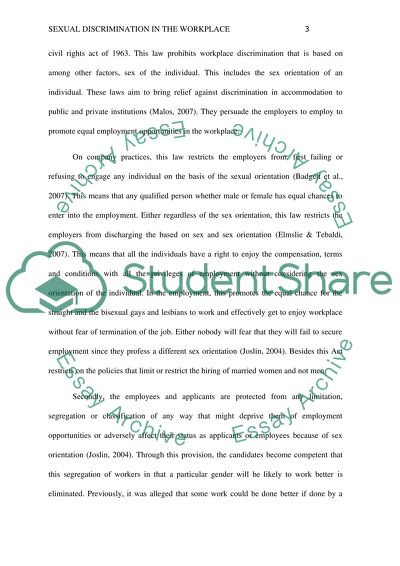Cite this document
(“Sexual orientation discrimination Research Paper”, n.d.)
Retrieved from https://studentshare.org/social-science/1691162-sexual-orientation-discrimination
Retrieved from https://studentshare.org/social-science/1691162-sexual-orientation-discrimination
(Sexual Orientation Discrimination Research Paper)
https://studentshare.org/social-science/1691162-sexual-orientation-discrimination.
https://studentshare.org/social-science/1691162-sexual-orientation-discrimination.
“Sexual Orientation Discrimination Research Paper”, n.d. https://studentshare.org/social-science/1691162-sexual-orientation-discrimination.


